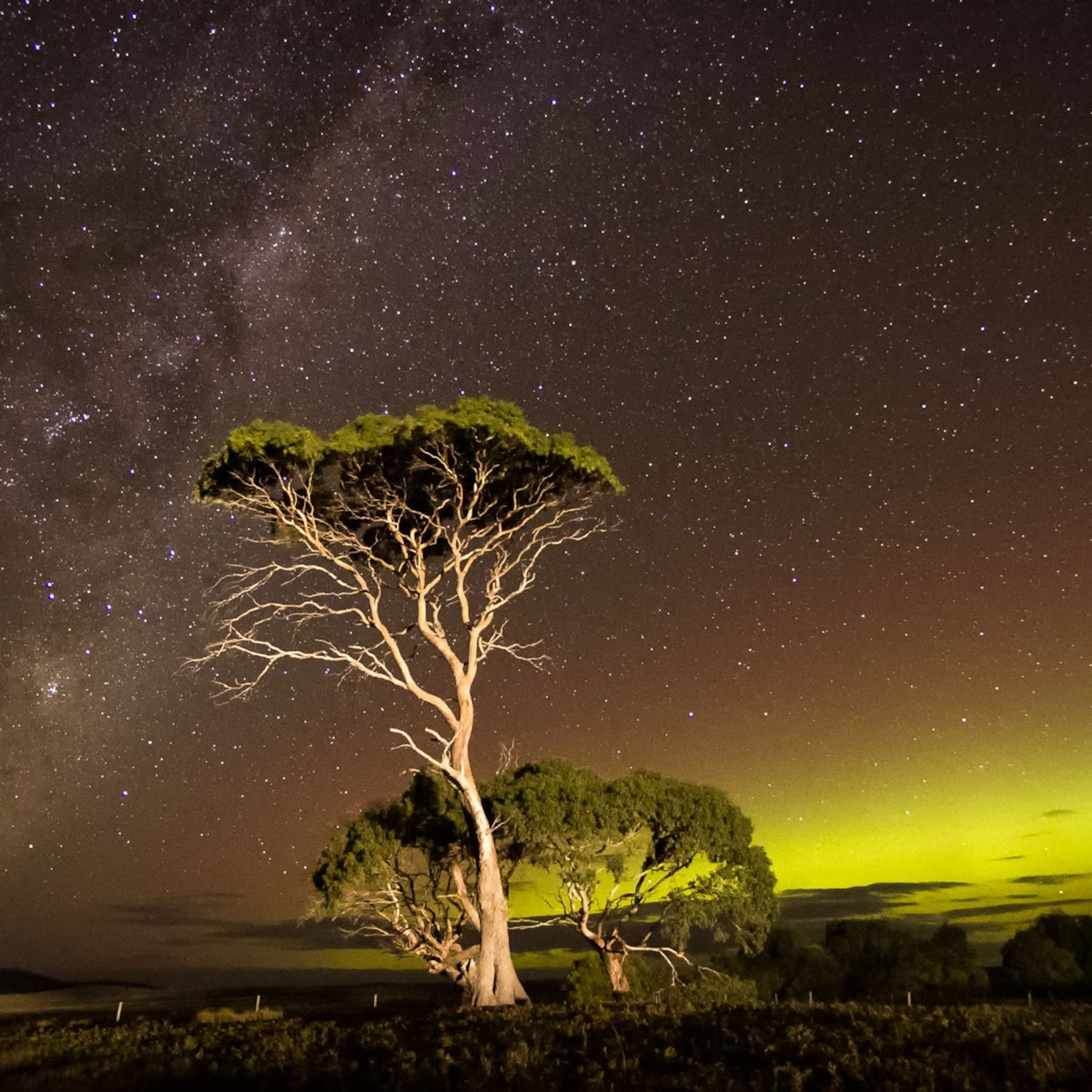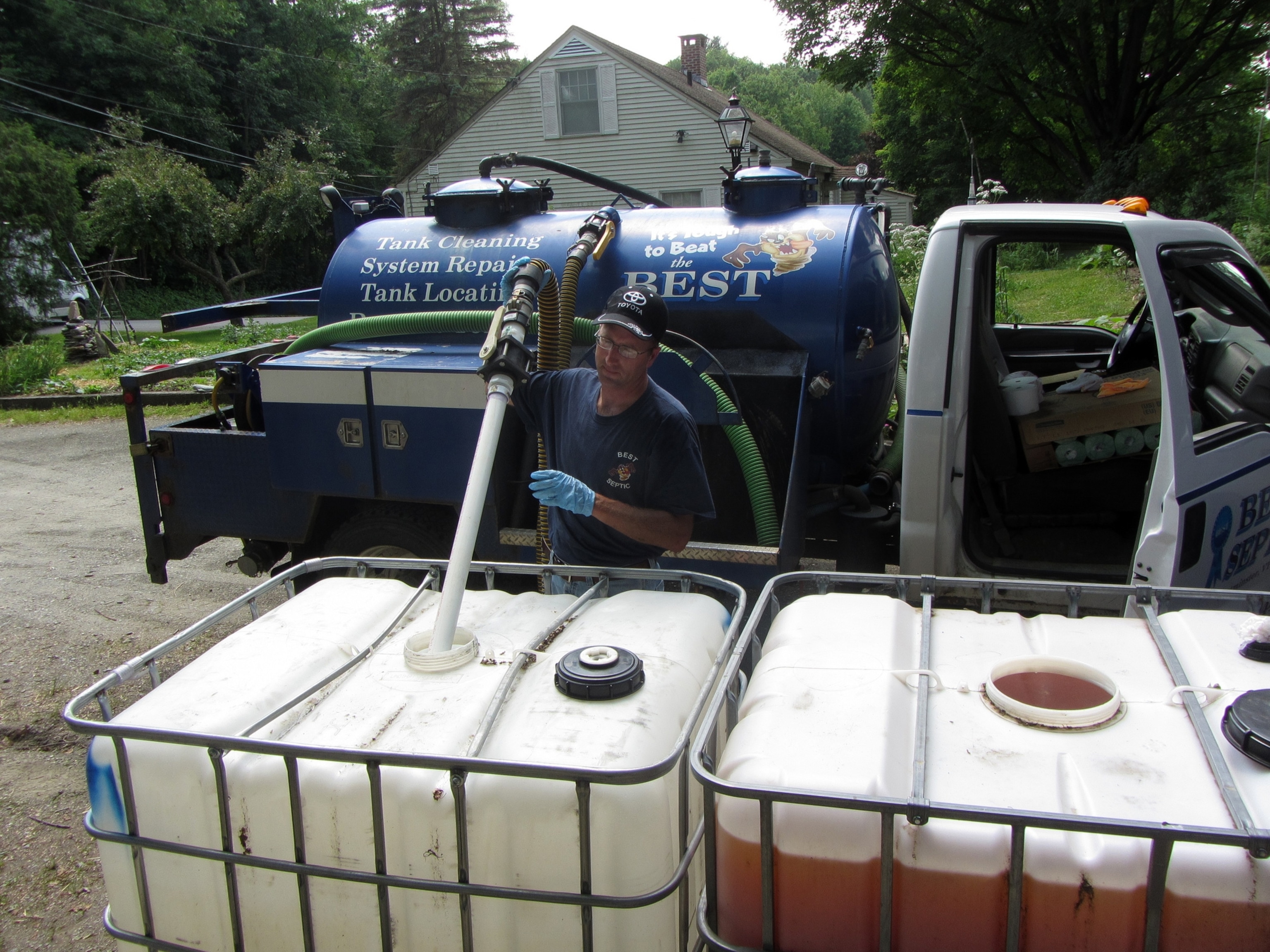
Is "Peecycling" the Next Wave in Sustainable Living?
Human waste can be converted into valuable fertilizer, if people can get past the "ick" factor.
The Rich Earth Institute in Brattleboro, Vermont, aims to shift how we think about our own waste. They want to "close the nutrient cycle" by using our urine to grow what we next consume.
Today, most human waste in the U.S. flows down the pipes to a facility such as DC Water's Blue Plains Advanced Wastewater Treatment Plant, the largest facility of its kind in the world. Blue Plains receives an average of 370 million gallons of wastewater, 94 percent of which is from residential sources in the District of Columbia and parts of Maryland and Virginia. This includes what washes down the kitchen drain, fills up washing machines, and flushes down toilets.
Once at Blue Plains, it all goes through a multistage process in which it is passed from pool to pool of various hues of reddish brown, where the liquid is stirred, bubbled, fed to algae, and filtered until it is clean enough to get dumped back into the Potomac River.
Much of what this process is doing is removing nitrogen and phosphorous, elements that can be pollutants when too much of them get into our rivers and oceans. But they are also essential nutrients for plant growth—and thus, two of the basic components of fertilizer.
Most conventional farms invest in synthetic fertilizer, which requires energy to produce and is associated with many environmental problems of its own. But by separating out human urine before it gets to the wastewater plant, Rich Earth cofounder Kim Nace says they can turn it into a robust fertilizer alternative: a "local, accessible, free, sanitary source of nitrogen and phosphorous."
Since its founding in 2011, the Rich Earth Institute has received a grant from the U.S. Department of Agriculture (USDA) and was selected for funding from the Environmental Protection Agency (EPA) for future research and development. Among other projects, the institute is researching methods that "farmers who can't afford to pay for chemical, commercial fertilizers can adopt."
Useful Nutrients
According to the World Health Organization, human urine makes up less than one percent of the domestic wastewater treated at a facility such as Blue Plains, but contains 80 percent of the nitrogen and 55 percent of the phosphorous. When these nutrients get into our rivers and streams, they can cause algal blooms, for the very same reason that they're so great for farmers' fields: because they enable growth.

With enough nitrogen and phosphorous, algae can grow until they have consumed all of the available oxygen in the area, making it a "dead zone" in which nothing else can survive. This problem led to a provision in the 1972 Clean Water Act that requires wastewater treatment facilities to largely remove these nutrients before the water is released back into our rivers, a process that is both costly and energy intensive.
"If you can keep the urine out of the wastewater, you don't have to waste the resources in removing the urine downstream," Abraham Noe-Hays, Rich Earth's other founder, explains.
Although urine is perfectly sanitary after pasteurization, and effective for agricultural use, many still feel a significant "ick" factor when it comes to using urine to grow food.
"We're all afraid of our own waste," Chris Peot, manager of resource recovery at DC Water, explains. But he thinks that response can be worked around—the necessary paradigm shift is already underway. "This is sort of our new mantra: There's no such thing as waste, only waste of resources," Peot says.
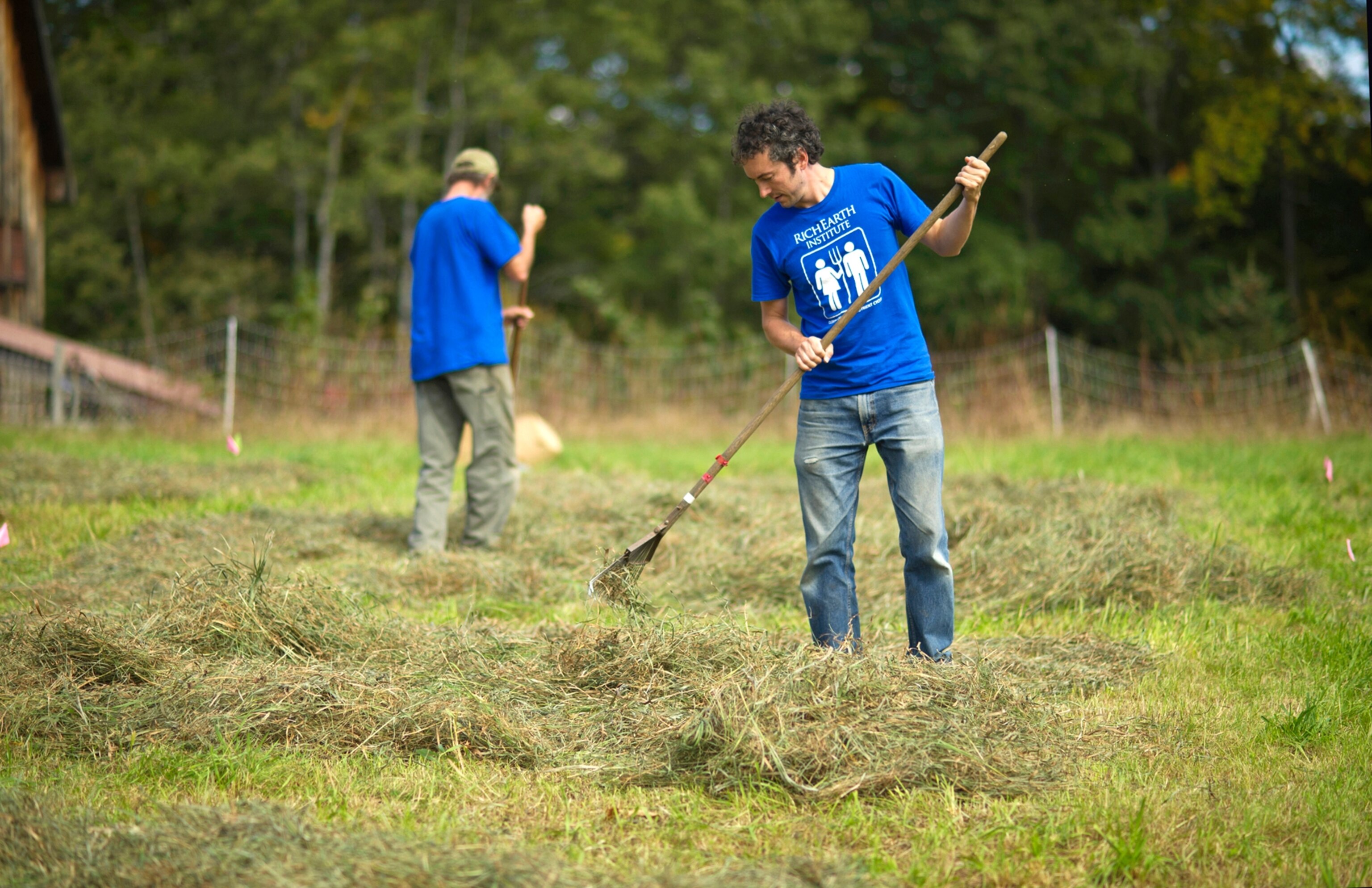
Peecycling's History
In fact, "peecyling" is a mainstream notion elsewhere in the world. Urine diversion for fertilizer can be documented back to 1867, and the U.S. is just starting to catch on to the trend that has become increasingly popular in countries such as Finland, Sweden, and the Netherlands over the last decade or so.
Amsterdam's water utility facility, Waternet, even held public demonstrations in November in which men were encouraged to use public urinals to collect their urine for use in rooftop gardens, in order to publicize their belief in the power of urine.
And it's not just the developed world. Since 2006, National Geographic Emerging Explorer and grantee Sasha Kramer, a soil scientist, has been installing dry composting toilets that convert human waste into useful fertilizer in Haiti. The nonprofit group she cofounded, Sustainable Organic Integrated Livelihoods (SOIL), hopes to address the country's poor sanitation while creating employment and providing fertilizer.
Kramer's simple toilets separate urine and feces, which are covered with dry material to reduce odors. The material is regularly collected and then composted in an eight-month process that kills pathogens (see video).
The Future?
There are currently no plans to utilize urine separation at DC Water, but Peot can see its potential. "There are plenty of facilities in D.C. where we could do urine separation," he says. "Nationals Park—you get [tens of thousands of] people there, all taking a pee. We could do urine separation, and then we don't have to bring it down to the treatment plant and spend money and energy and chemicals to get the phosphorous out."
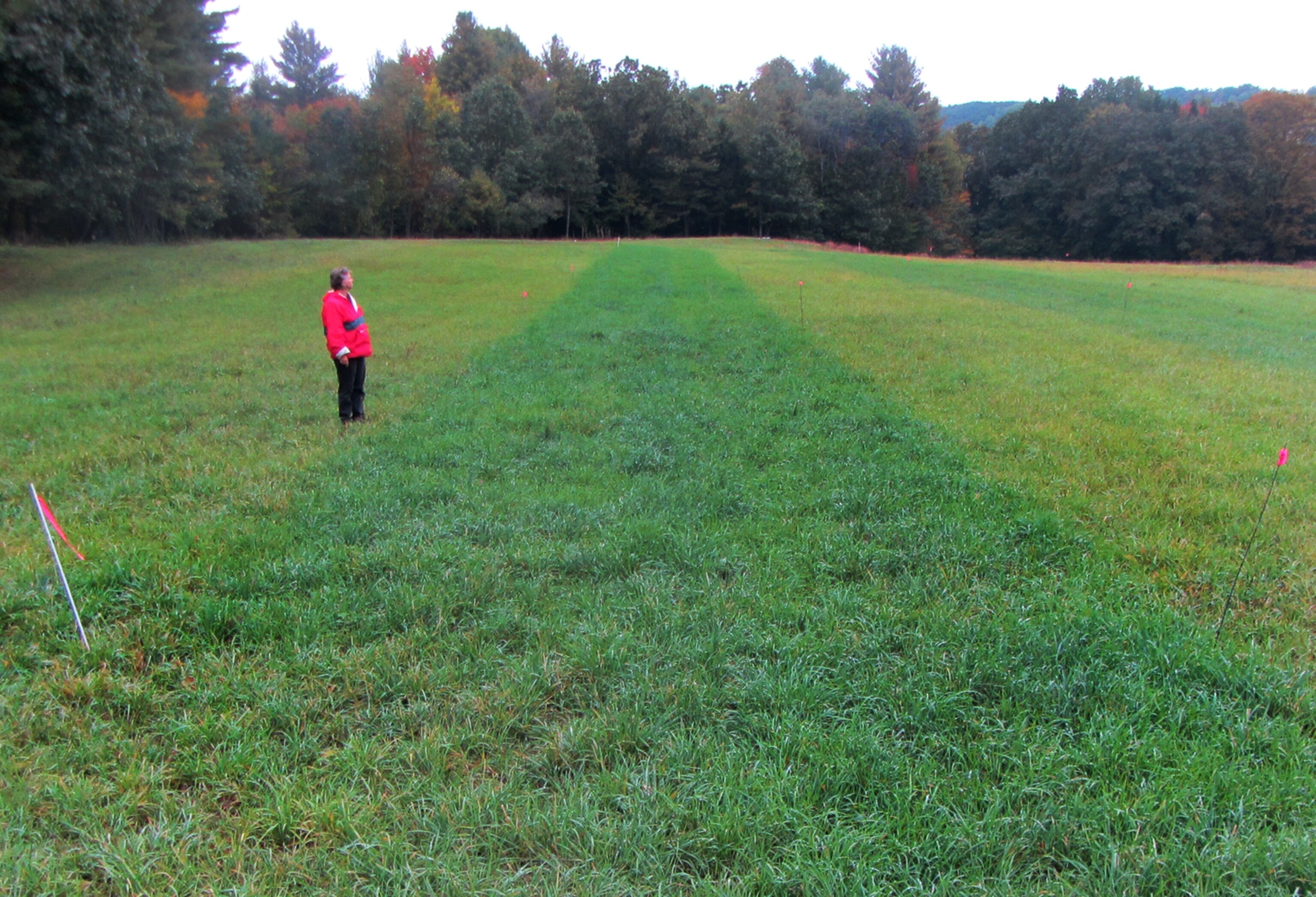
However, urine separation at Nationals Park would require substantial infrastructure changes in order to re-plumb, to prevent the urine from mixing with the solids, which are much more likely to carry disease. For now, Rich Earth is working on a smaller scale, collecting urine in jugs from their neighbors and encouraging them to install special urine-diverting toilets in their own homes.
Nace and Noe-Hays have found themselves pleasantly surprised by the positive response they've gotten from urine donors at home in Brattleboro. They managed to collect and recycle 3,000 gallons of urine in 2013, and hope to increase that by 2,000 gallons this next year.
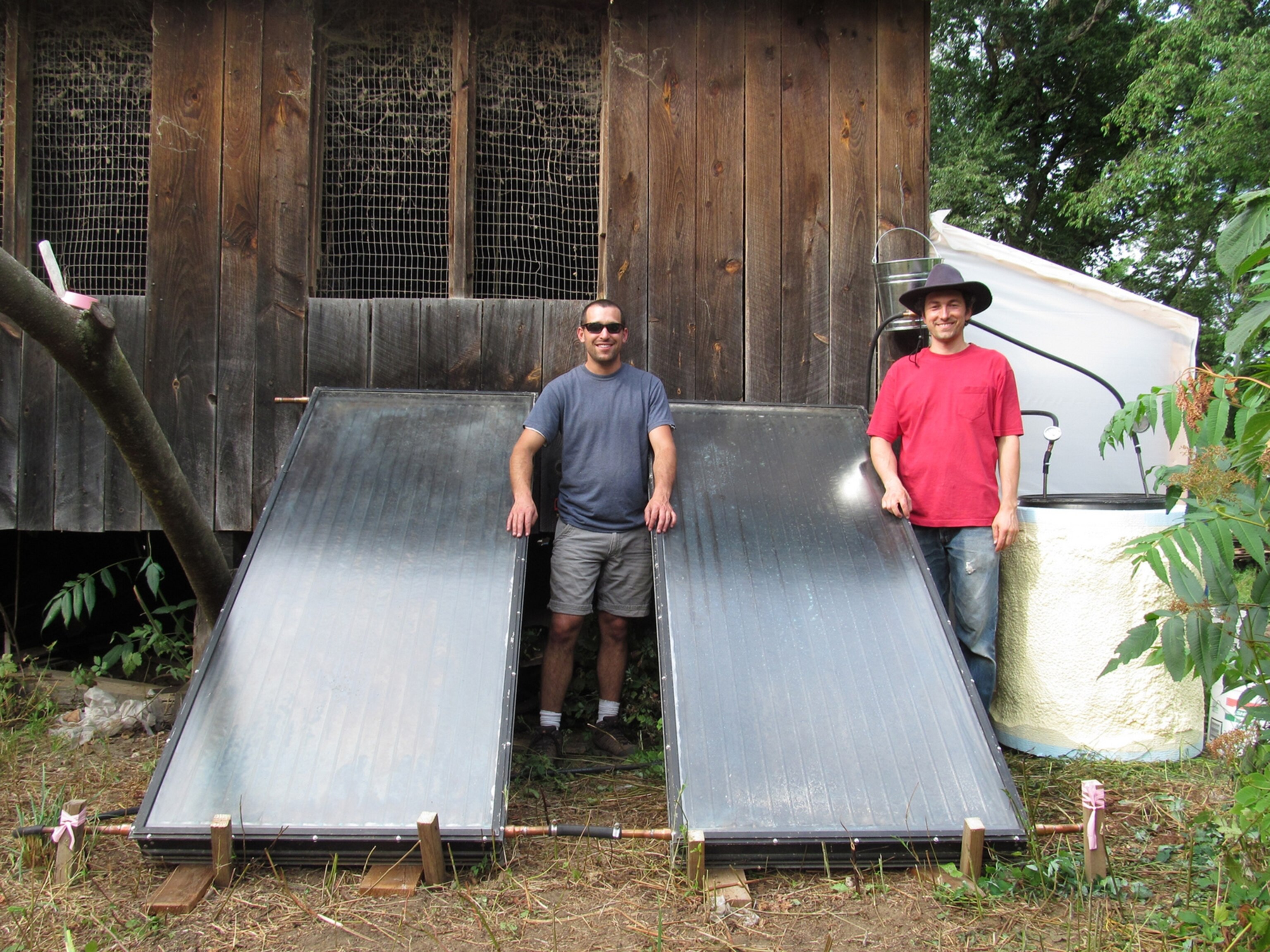
When it comes to human waste, "all our lives we go to the bathroom and flush these things down, make these thing disappear as much as we can," Noe-Hays says. "To realize that those things are actually good things, when used correctly, is really empowering."

